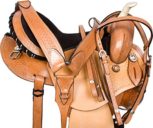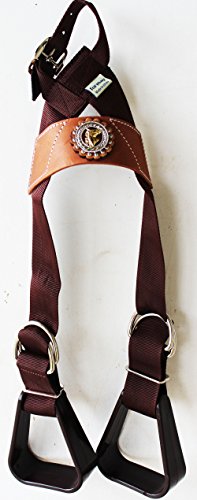Country Gentleman: The return of horses to rural lifestyles
[ad_1] Fifty years ago I was employed by the Wildlife Department of the Imperial Government of His Majesty Haille Selassie of Ethiopia with the task of establishing a national park in the remote Simien Mountains. There were no roads for motor vehicles, neither were there schools, hospitals, electricity or police. My highly dedicated and competent
[ad_1]
Fifty years ago I was employed by the Wildlife Department of the Imperial Government of His Majesty Haille Selassie of Ethiopia with the task of establishing a national park in the remote Simien Mountains. There were no roads for motor vehicles, neither were there schools, hospitals, electricity or police.
My highly dedicated and competent Ethiopian assistant warden, our 20 rangers and myself had to travel either on foot or with horses and mules, and in really tough terrain, with donkeys. Some horses and mules were used for riding, but most of the time they were used as pack animals, carrying equipment and supplies.
We carried out regular patrols that could last up to two weeks, with the purpose of curtailing the activities of bandits and poachers, making maps of the proposed national park, assessing wildlife and water, and visiting the villagers to confer with the people as to what a national park meant.
As it became safer for visitors to travel, the police began to permit visitors into the Simien Mountains. It takes skill, experience and considerable local knowledge to ride a horse or a mule in rugged mountain terrain, often along dangerous cliff-side pathways, that could be too narrow to allow laden animals to pass when coming from opposite directions, or traveling through forest where horses especially can be easily panicked, or where low tree branches could knock you out of the saddle.
Because of these conditions visitors would travel with pack animals, and if they rode, their guides would quickly take the reins and guide the animal in difficult conditions. They would be traveling at high elevations, up to 4,550 meters above sea level, with the risk of altitude sickness if the going was too strenuous. It got very cold at night, so suitable clothing and warm sleeping bags were essential.
Despite all these demanding conditions the visitors to the Simien were enchanted, and to all of them, their experiences were unique. Traveling with horses or mules makes more of an adventure than riding in a four-wheeled motor vehicle. You see more, hear more, smell more and feel more.
When I came to live here in northern Nagano in 1980 I joined the local hunting association and traveled the surrounding mountains, regularly going to places in the mountains that could not be reached by motor vehicles. Local hunters took me to places that I probably would never have gone without their guidance. Being high in the mountains, with vistas reaching out as far as the Japan Sea, or on really clear days the distant shape of Mount Fuji, was truly memorable. In many ways I was reminded of my time in Ethiopia.
In my younger days I backpacked all around Japan, and loved going into the woods and mountains. Now though, with stiff knees and a creaky back, it is no longer any fun to carry a heavy backpack.
Tourism is on the increase in Japan, and we especially notice this in Nagano, with so many visitors coming from abroad. For years now it has been in my mind that I would like some of these visitors to experience a little of what I had experienced, going into Japan’s wonderful nature, away from the beaten track. I conceived the notion of taking visitors into nature, with all possible comforts, without the strain of having to carry stuff. Japan has an ancient horse culture, so why not bring this back and train guides and horses to take guests into the forests and mountains and let them experience a unique Japan that is not reachable by big tourist buses?
We acquired two horses, mostly of “dosanko” stock, with the purpose of hauling out logs from our woods and for carrying equipment and supplies on what I call “mountain safari.” We brought in specially designed panniers and packsaddles. Now I could cook outdoors on a campfire in a big cast iron Dutch oven without the strain of having to carry it myself. Visitors would walk along with the horses, carrying just a camera or a water bottle. When they reached the camp or picnic site there would be good food, wine, shelter and hot drinks. They could sit in comfortable camp chairs, not on the ground.
At first we start out with picnics in our woods, but it is my ambition to expand this into overnight mountain trips, staying in large, comfortable tents, and sleeping on cots.
When I first came to Japan in the early 1980s there were horses in the countryside, working horses, doing all kinds of tasks. Now, mostly, you only see horses at riding clubs or racecourses, even though “basashi” — raw horsemeat — is far more commonly served as a dish than it ever was before.
It is my dream to once again see horses in rural Japan, for the old partnership between people and horses to come back to our country lifestyle.
(“Country Gentleman” is a regular column by author and conservationist C.W. Nicol)
Let’s block ads! (Why?)
[ad_2]
Source link








Comments
Comments are disabled for this post.